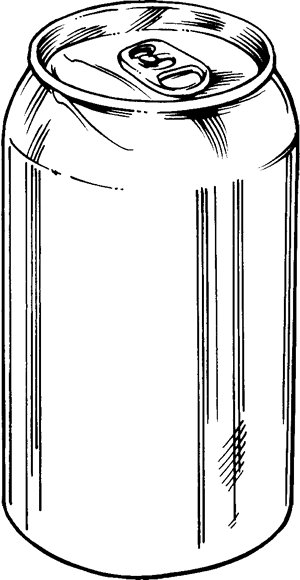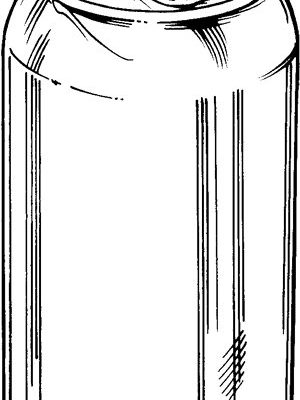
Using silkworms in animal feed is an exciting concept that combines sustainability with innovation. As the demand for sustainable protein sources continues to rise, silkworms present a unique opportunity. They’re rich in protein, easy to breed, and can be raised on agricultural by-products, making them a potentially eco-friendly solution for feeding livestock. So, can silkworms really make a splash in the animal feed industry? Let’s dive into this fascinating topic.
What Are Silkworms and Their Nutritional Value?
Silkworms, or *Bombyx mori*, are the larvae of silk moths and are traditionally known for their role in producing silk. However, what you might not know is that they’re also packed with nutrients. **Silkworms are high in protein**, containing around 40-50% protein by dry weight, and they offer a good amount of essential amino acids, which are crucial for growth and development in animals.
Additionally, silkworms are a rich source of **vitamins** and **minerals**. They provide B vitamins, iron, and calcium, making them not just a protein supplement but also a well-rounded nutrient source. It’s a bit like offering animals a multivitamin along with their regular feed. Here’s the thing—these nutrients are vital for various stages of development, especially for younger animals that need that extra boost!
Moreover, they’re lower in fat compared to other protein sources like fish meal or soy. This means they can contribute to healthier feed formulations, allowing farmers to create diets that promote leaner growth in livestock.
The Environmental Benefits of Using Silkworms
Sustainability is a hot topic these days, and it’s a major reason why silkworms are catching the attention of the animal feed industry. Raising silkworms requires significantly less land and water compared to traditional livestock farming. It’s like trading in a gas-guzzling SUV for a fuel-efficient hybrid—better for the planet and your wallet.
Additionally, silkworms can be fed on **agricultural by-products**, such as mulberry leaves or even food waste. This not only reduces waste but also makes effective use of resources that might otherwise go unused. It’s a clever way to turn what could be trash into treasure. By utilizing these by-products, silkworm farming can be an integral part of circular agriculture, where nothing goes to waste.
**Studies** have shown that silkworm farming emits fewer greenhouse gases than conventional livestock farming. So not only do we feed animals more sustainably, but we also contribute to a greener planet. It’s a win-win situation!
Current Uses of Silkworms in Animal Feed
You might be wondering, “Are silkworms actually being used in animal feed right now?” The answer is a resounding yes! Countries like China, where silkworms have a long history, are already incorporating them into livestock diets. For example, chicken and fish farms use silkworms as a protein source, and the results are promising.
Farmers have noticed that animals fed with silkworm protein exhibit good growth rates and overall health. You could say it’s like giving them a healthy snack that keeps them happy and thriving. In fact, research has suggested that incorporating silkworms into feed can enhance the quality of meat and eggs, making them more nutritious for human consumption.
Moreover, with the rise of aquaculture, silkworms are being explored as a sustainable feed option for fish farming. Many fish species thrive on protein-rich diets, and silkworms fit the bill perfectly.
Comparing Silkworms to Other Protein Sources
Let’s take a closer look at how silkworms stack up against other common protein sources in animal feed.
| Protein Source | Protein Content (%) | Fat Content (%) | Cost (per kg) |
|---|---|---|---|
| Silkworms | 40-50% | 10-20% | Varies |
| Fish Meal | 60-70% | 10-15% | Higher |
| Soybean Meal | 40-45% | 1-3% | Lower |
As you can see, silkworms offer a competitive protein percentage with a moderate fat content. They also come with a bonus: their sustainability and lower environmental impact make them an attractive option. While fish meal may have a higher protein content, it’s also more expensive and comes with sustainability concerns due to overfishing. Soybean meal is widely used but lacks the same variety of nutrients that silkworms provide.
So, if you’re looking for a balanced choice that’s not only nutritious but also kinder to the planet, silkworms can be a compelling option.
The Future of Silkworms in Animal Feed
With all these benefits, you might be curious about the future of silkworms in the animal feed industry. As more farmers and feed producers seek sustainable solutions, the demand for alternative protein sources like silkworms is likely to grow. It’s like opening a new door to possibilities—one that could help alleviate some of the pressure on traditional farming practices.
Innovations are also on the horizon. Researchers are exploring ways to optimize the breeding process of silkworms, improving their nutritional profiles even further. Imagine a world where we can customize silkworm varieties specifically for animal feed. That’s not just science fiction; it’s an exciting reality in the making.
As the animal feed industry becomes more competitive, silkworms could become a staple ingredient, similar to grains or legumes. It’s a shift that could reshape how we think about animal nutrition, making it healthier and more sustainable.
Challenges and Considerations
While the potential for silkworms in animal feed is promising, it’s important to acknowledge some challenges. **One major issue** is the perception of silkworms as a food source. Many farmers and consumers may still be unfamiliar with them, leading to hesitation in adoption. Education and awareness are key here; it’s essential to communicate the benefits effectively.
Another consideration is the regulatory framework. As with any new ingredient in animal feed, regulatory approval is necessary to ensure safety and quality. This can be a lengthy process, but it’s crucial for building trust in the industry.
Lastly, sourcing silkworms can pose challenges as demand rises. Ensuring a consistent supply while maintaining quality will be essential for the broader adoption of silkworms in animal feed. Think of it like building a bridge—you need a sturdy structure to support the traffic that will cross over.
In conclusion, the idea of using silkworms in the animal feed industry is not just a passing trend; it’s a glimpse into a more sustainable future. With their impressive nutritional profile, environmental benefits, and current applications, silkworms have the potential to make a significant impact.
As we navigate the challenges and work toward broader acceptance, it’s exciting to think about how this tiny creature could revolutionize animal nutrition. So, the next time you see silk or hear about silkworms, remember they’re more than just fabric producers—they could be helping to feed our animals and, ultimately, us too. Isn’t that a fascinating thought? Embracing silkworms as a staple in animal feed could be a game-changer for the industry, helping us move toward a more sustainable food system for everyone.

